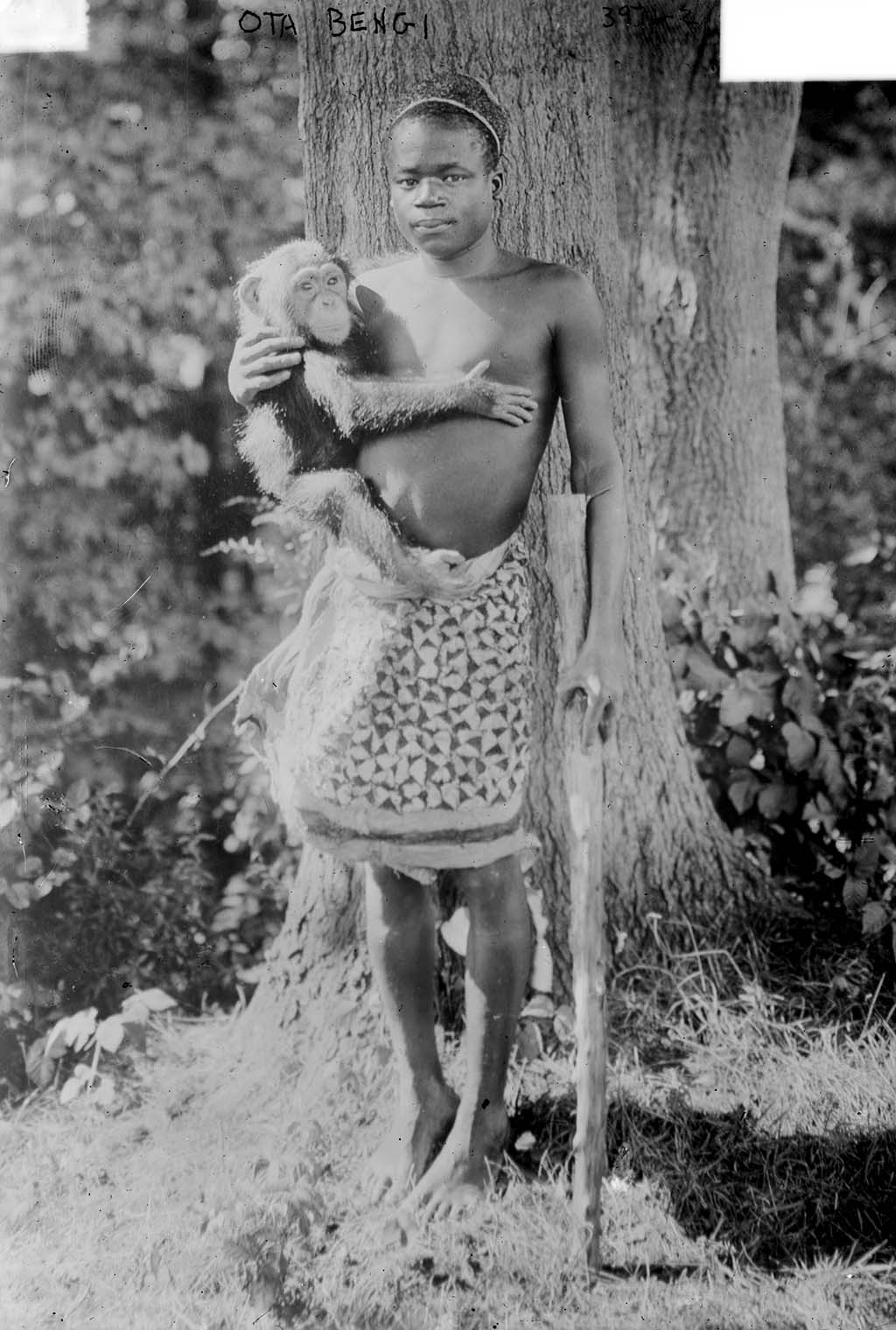The Wildlife Conservation Society (WCS), the organization that runs the Bronx Zoo, has issued an apology for infamously putting a Congolese Mbuti pygmy man – Ota Benga – on display in its monkey house in 1906. For a week, Benga, was placed in the cage as an exhibit alongside an orangutan for zoo visitors to view.
In a statement released July 29, WCS President and CEO, Cristián Samper, said for the sake of “equality, transparency, and accountability,” they must confront the “organization’s historic role in promoting racial injustice.” The apology comes in the wake of the ongoing protests against racial discrimination in the United States that was sparked by the death of George Floyd in March.
“We apologize for and condemn the treatment of a young Central African from the Mbuti people of present-day Democratic Republic of Congo,” Samper said in the statement. “His name was Ota Benga. Bronx Zoo officials, led by Director William Hornaday, put Ota Benga on display in the zoo’s Monkey House for several days during the week of September 8, 1906 before outrage from local Black ministers quickly brought the disgraceful incident to an end and the Reverend James Gordon arranged for Ota Benga to stay at an orphanage he directed in Weeksville, Brooklyn.”
Samper added: “Robbed of his humanity and unable to return home, Ota Benga tragically took his life a decade later.”
The organization also condemned the “eugenics-based, pseudoscientific racism, writings, and philosophies” that were propagated by two of its founders, Madison Grant and Henry Fairfield Osborn, Sr.
According to Samper: “Excerpts from Grant’s book ‘The Passing of the Great Race’ (with a preface by Osborn), were included in a defense exhibit for one of the defendants in the Nuremberg trials. Grant and Osborn were likewise among the founders of the American Eugenics Society in 1926.”
To reaffirm their commitment towards righting their wrongs as well as advocating social, racial and environmental justice, the organization said they’ll be making all known records they have on Ota Benga available to the public online. They also said they are hiring a diversity officer to work with the CEO as well COO to help build their diversity, equity, and inclusion plan that was introduced in 2019.
Who was Ota Benga?
Ota Benga – a Congolese Mbuti pygmy – was exhibited together with other pygmies at an anthropology exhibit at the Louisiana Purchase Exposition in St. Louis, Missouri, in 1904 and at the Bronx Zoo in New York City together with other animals in 1906.
Born circa 1883, Benga was brought to the United States after being purchased from slave traders by Samuel Phillips Verner, an American missionary, anthropologist and businessman. Contracted by the Louisiana Purchase Exposition, Verner came to Africa in 1904 to “hunt” for pygmies for the exhibition.
After the exhibition, Benga, together with the other pygmies were returned to Congo by Verner. He stayed with the Batwa tribe for a while but opted to move back to the United States with Verner.
On his return, Verner briefly housed Benga at the American Museum of Natural History then moved him to the Bronx Zoo in 1906 where he was exhibited together with the other animals. Initially hired as a help in the zoo, Benga was later on used as an exhibit after the director of the zoo noticed visitors took a keen interest in him.
According to Mitch Keller in “The Scandal at the Zoo” article for The New York Times, “When New Yorkers went to the Bronx Zoo on Saturday, Sept. 8, 1906, they were treated to something novel at the Monkey House.” He further on added, “At first, some people weren’t sure what it was. It — he — seemed much less a monkey than a man, though a very small, dark one with grotesquely pointed teeth. He wore modern clothing but no shoes. He was proficient with bow and arrow, and entertained the crowd by shooting at a target. He displayed skill at weaving with twine, made amusing faces and drank soda.”

Benga’s treatment was strongly condemned by several African-American tabloids. A petition to release him from the Bronx Zoo was also sent to the then Mayor of New York City, George B. McClellan Jr., by Dr R. S. MacArthur, the spokesperson for a delegation of black churches.
The Mayor succumbed to the pressure and released Benga, who was then sent to the Howard Colored Orphan Asylum. He was later on relocated to Lynchburg, Virginia, where he lived until his death.
After an unsuccessful attempt to move back to Africa, Benga became depressed and shot himself in the heart with a stolen pistol on March 20, 1916. He was 32.










